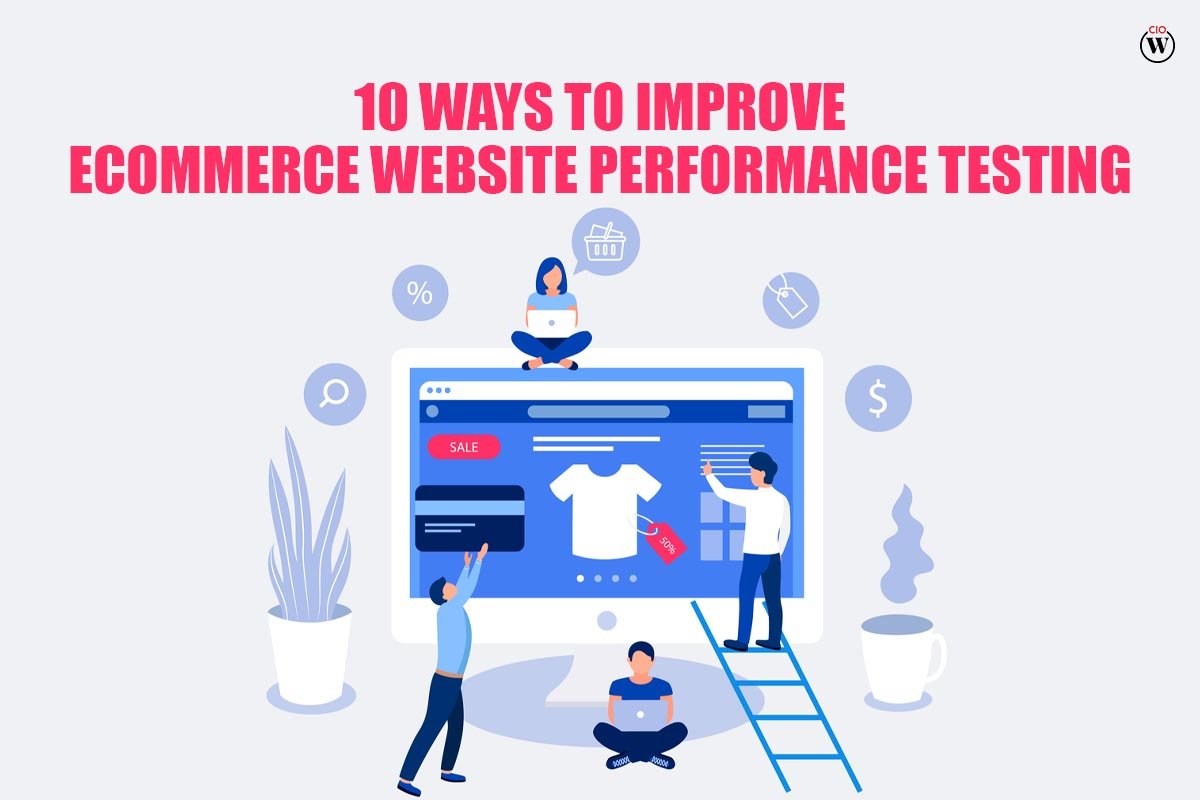Women’s sports have long been a battleground for equality and recognition, both on the field and in economic terms. The Economics of Womens Sports explores the financial aspects, economic empowerment, and opportunities within female athletics. This article delves into how women’s sports contribute to economic growth, empower athletes, and shape future opportunities.
Introduction to the Economics of Womens Sports
The Economics of Womens Sports encompasses the financial dynamics and economic impact generated by women’s athletic activities. Historically overshadowed by men’s sports, women’s sports have increasingly gained traction in recent years, driven by advocacy for gender equality and growing viewership. This shift is reshaping the sports landscape, highlighting the potential for significant economic growth and investment opportunities. As sponsorship deals, media coverage, and fan engagement continue to expand, so too does the financial viability of women’s sports. The Economics of Womens Sports reflects not only a cultural shift towards inclusivity but also a burgeoning market with substantial potential for growth and development.
Economic Impact of Women’s Sports

Women’s sports have become a significant economic force, influencing various sectors such as media, sponsorship, merchandise, and tourism. The rise in popularity of events like the Women’s World Cup in soccer or the WNBA Finals has attracted substantial investments and viewership, translating into revenue streams previously untapped. The economic impact of women’s sports extends beyond just ticket sales and broadcasting rights; it encompasses a growing market for women’s sports apparel and merchandise, as well as increased tourism associated with major tournaments. These developments underscore the evolving landscape and the growing recognition of the Economics of Womens Sports.
Revenue Generation and Media Rights
One of the pivotal aspects of the Economics of Womens Sports is revenue generation. Major tournaments and leagues have seen a surge in media rights deals, with broadcasters keen to capitalize on the growing fan base of women’s sports. This influx of revenue not only supports the athletes but also fuels further development and exposure.
Sponsorship and Endorsements
Sponsorship deals and endorsements play a crucial role in the economic empowerment of female athletes. Brands are increasingly recognizing the value of aligning with women athletes who inspire a diverse audience. From apparel to tech companies, sponsorships not only provide financial backing but also elevate the visibility of women athletes on a global scale. These partnerships not only boost the athletes’ earning potential but also contribute significantly to the Economics of Womens Sports, highlighting their marketability and influence beyond the sports arena. Such collaborations are pivotal in breaking barriers and promoting gender equality in sports.
Merchandising and Consumer Engagement

Merchandising in women’s sports has seen significant growth, with jerseys, equipment, and memorabilia becoming sought-after items among fans. The economic impact extends beyond the playing field, fostering a community of supporters who actively engage with and invest in women’s sports brands.
Investment in Infrastructure and Facilities
Investing in infrastructure and facilities dedicated to women’s sports is crucial for its economic development. Upgraded training grounds, modern stadiums, and specialized coaching programs enhance athlete performance and attract broader community engagement and sponsor support. These investments create a conducive environment for growth, boosting economic activity through increased attendance, merchandise sales, and sponsorship deals. By prioritizing the Economics of Womens Sports, stakeholders can tap into a growing market, empowering athletes and inspiring future generations. This strategic investment not only improves competitive standards but also fosters a sustainable framework for long-term success and inclusivity in sports.
Economic Empowerment of Female Athletes
The Economics of Womens Sports goes beyond financial figures; it encompasses the empowerment of female athletes. Through their achievements and visibility, women athletes inspire younger generations, break stereotypes, and pave the way for future athletes to pursue their dreams with confidence.
Challenges and Opportunities Ahead
Despite the progress made, challenges persist in achieving true economic parity in women’s sports. Disparities in pay, media coverage, and sponsorship opportunities remain significant hurdles that continue to undermine the financial equality of female athletes. The economic landscape of women’s sports often lags behind their male counterparts, with lower salaries and fewer endorsement deals reflecting ongoing gender biases in the industry.
However, these challenges also present opportunities for stakeholders to drive meaningful change and foster a more inclusive sports industry. Initiatives aimed at increasing media visibility, securing equitable sponsorship deals, and advocating for fair pay are crucial steps toward leveling the playing field. By prioritizing the Economics of Womens Sports, stakeholders can reshape norms and create environments where female athletes are valued not just for their performance but also for their economic contributions to the sports world.
Future Outlook and Growth Potential
Looking ahead, the Economics of Womens Sports holds immense growth potential. Increasing investments, strategic partnerships, and a growing fan base are set to expand women’s sports’ economic footprint globally. This evolution benefits athletes, enriches communities, and stimulates economies. Corporate sponsorships and media coverage are rising, boosting visibility and generating economic returns.

Initiatives in grassroots participation and infrastructure development support talent and drive local economic growth through tourism and event revenues. The Economics of Womens Sports represents a shift towards inclusivity and opportunity, carving out a significant place in the global sports economy. As investments and partnerships continue to flourish, women’s sports are poised to make a lasting economic impact, driving positive change worldwide.
Conclusion
The Economics of Womens Sports means empowerment and opportunities for athletes, fans, and everyone involved. As women’s sports grow, they’re making a bigger impact on society and the global economy. By backing women athletes, we’re not just celebrating their success but also building a fairer and more prosperous future for all.









